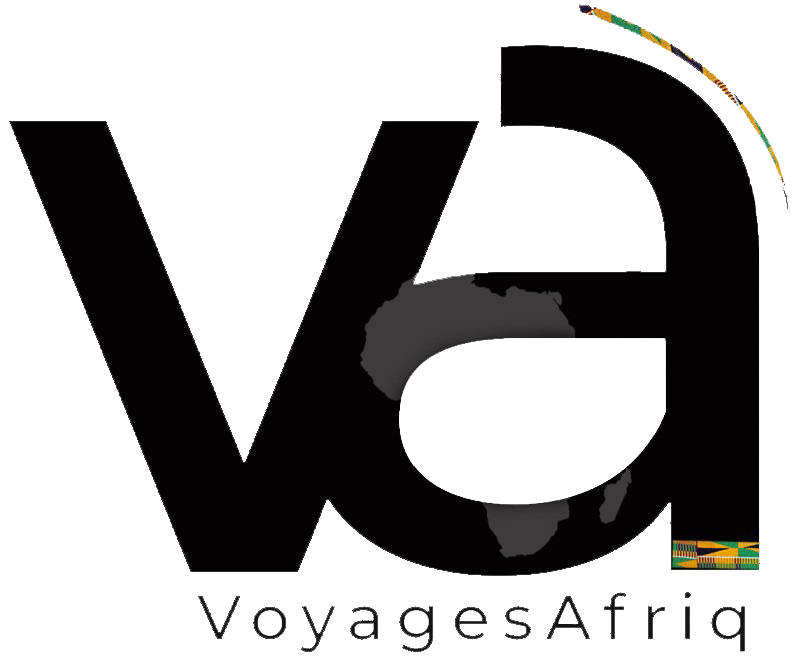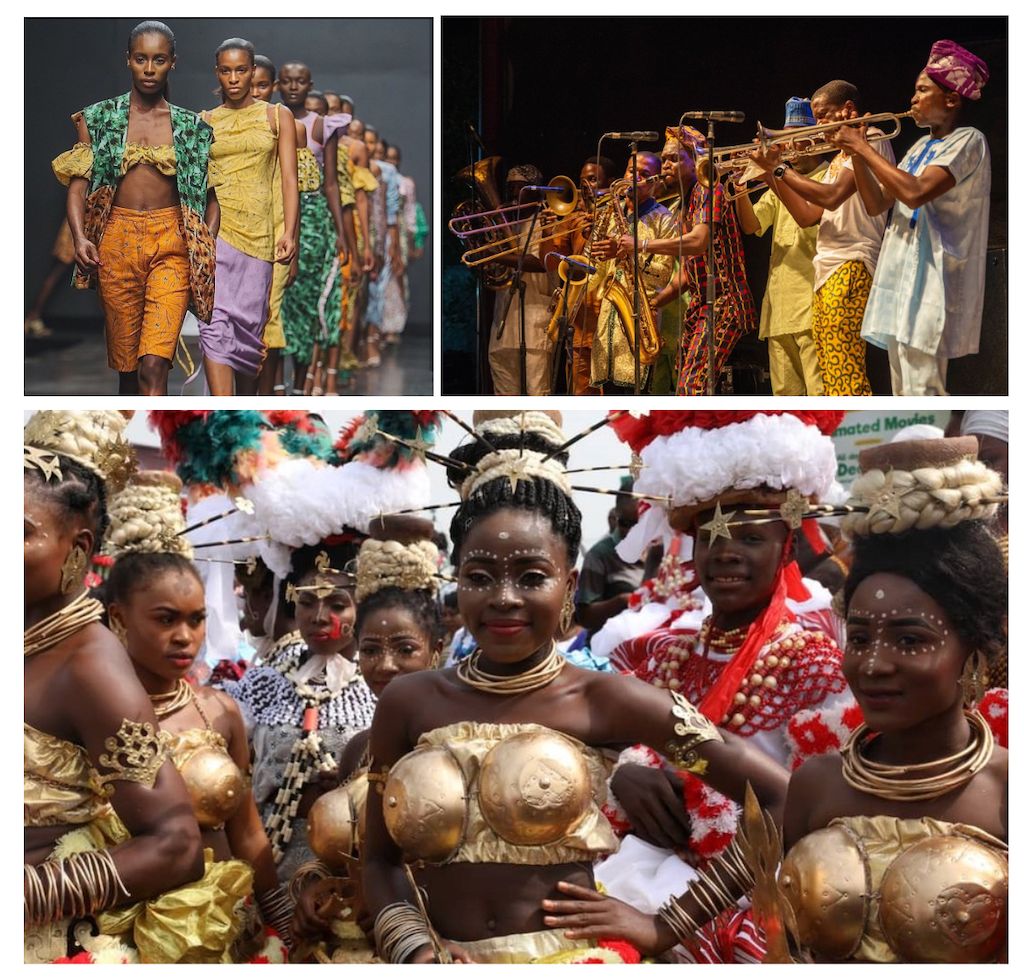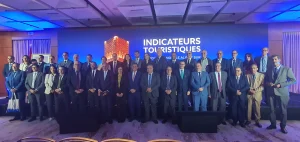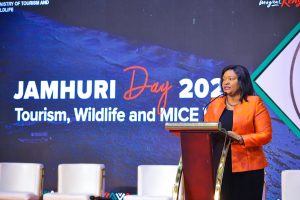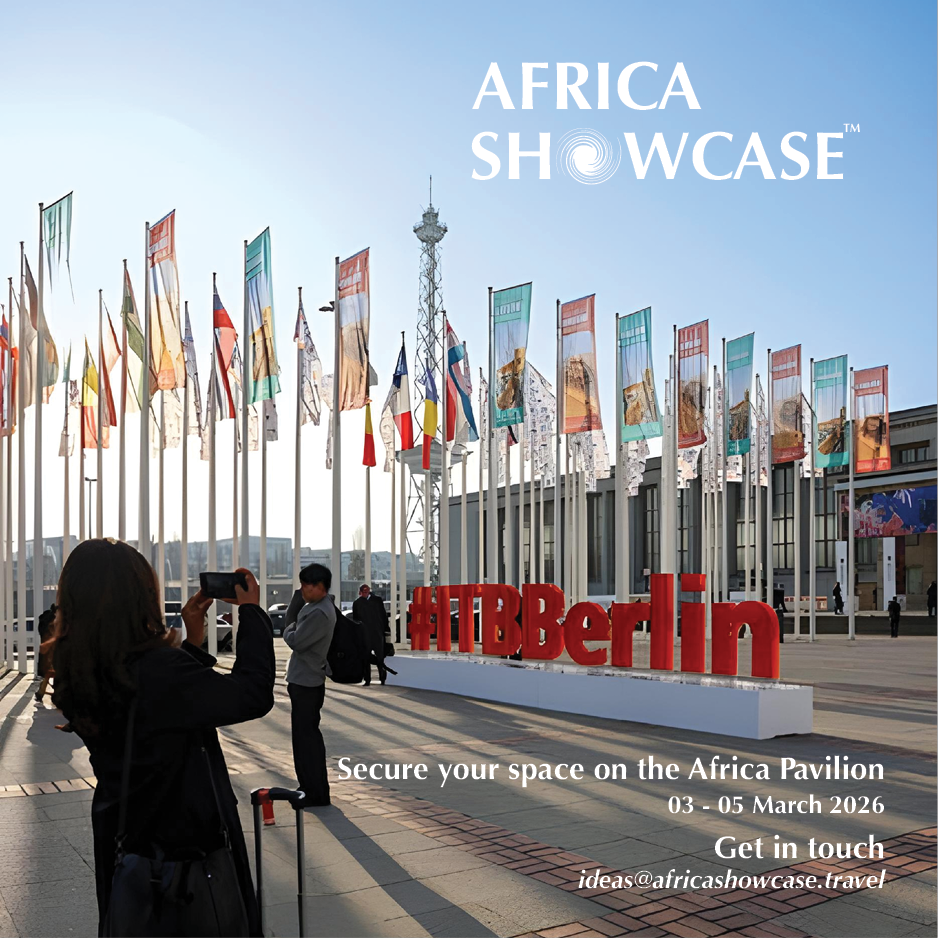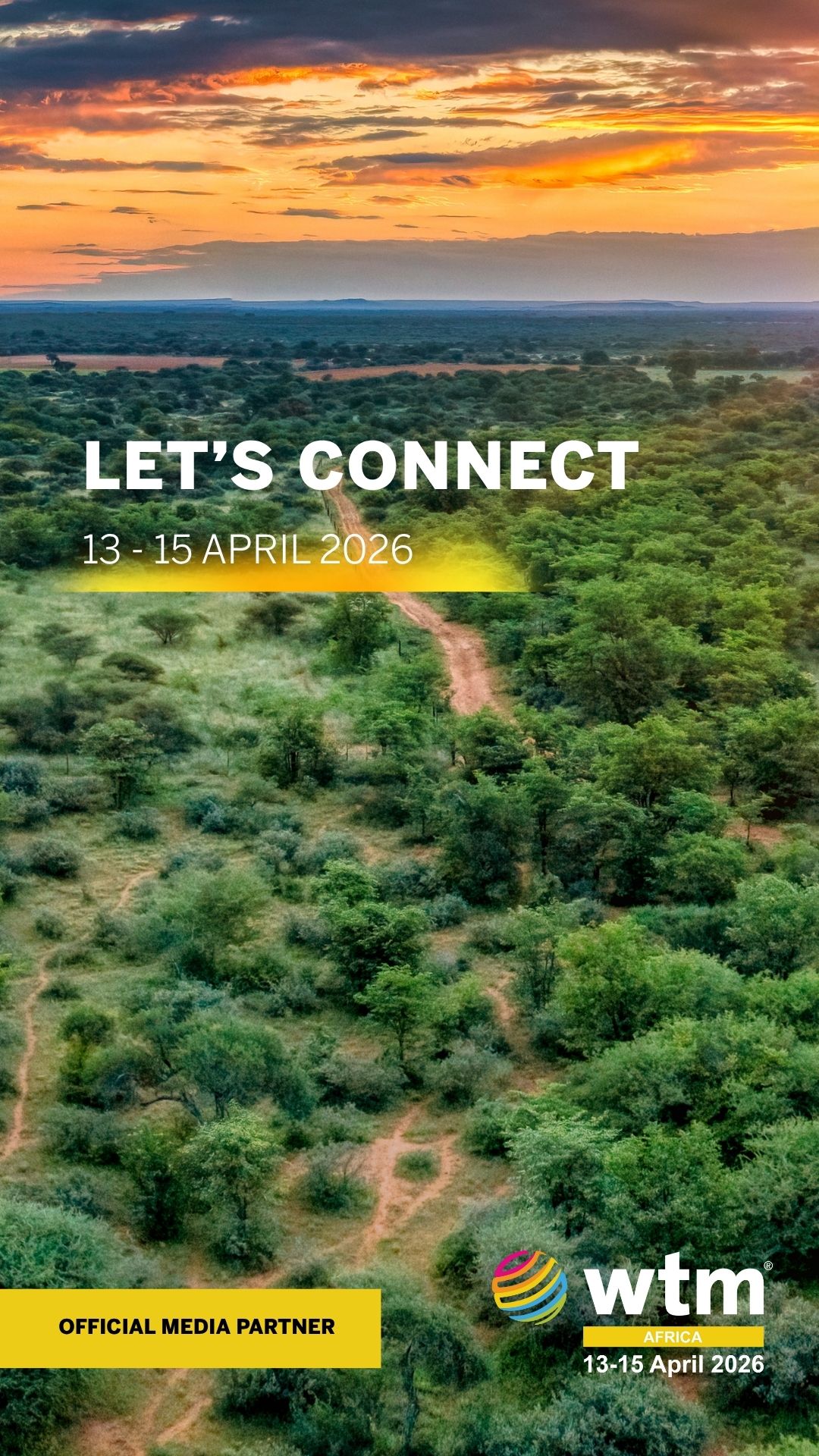When you think of a country or city that has a strong destination brand who comes to mind – Marrakesh? Paris? New York? – all three continue to draw crowds year on year irrespective of the global state of affairs – a pandemic, economic downturn, political disruption – utilising very little spend. Some of the key factors that contribute to this are:
1/ Know your strengths – each of the aforementioned destinations have a clear understanding of what their strengths are – for Paris it is opulence, spanning across many sectors; food, fashion, art, beverages etc. By conducting an audit, you will be able to determine what your country does well, your unique assets in order to showcase to and engage with your target audience.
2/A clear destination narrative – Does your destination have a clear destination narrative – for Kenya / Tanzania; it’s safaris, Mali; the Malian Empire, Seychelles; it’s a rich mix of cultures meeting the tropics. By creating a clear narrative, this will underpin your identity – adding consistency across your promotional initiatives, channelling the authentic and building a trustworthy reputation.
3/ Leverage your cultural attributes – one of the key takeaways for many destinations from the pandemic is when you have only one ‘cash cow’ of a product it leaves you vulnerable to external and sometimes internal unpredictable forces. By moving away from one to leveraging a 360º cultural portfolio, you introduce not only economic sustainability, strengthen socio-cultural ties but also preserve the environment by not overly exploiting one hub of activity.
Nigeria, for example, has a number of great cultural events that aren’t always captured on the world’s stage including Lagos Fashion Week, Calabar Carnival and Lagos International Jazz Festival.
For Ghana and other shea butter rich nations can introduce tours of the region’s biggest producers, an insight into the process, the number of ways shea is consumed, the cooperatives that are making a positive impact in the community and how visitors can contribute to the programs – given that shea is a prized global commodity, featuring in many premium products. Same goes for cocoa, coffee etc.
If gastronomy is one of your destination’s strengths (looking at you Senegal, Ethiopia and South Africa) – organise a supper club – invite trade professionals, visitors to sample culinary highlights (in destination or at a host country).
4/ Establish a comprehensive network within the tourism industry – By engaging with the local network regularly creates an opportunity to not only create a standard of practice across the industry but also open up an opportunity to create collaborative /co-marketing initiatives to leverage your destination as a whole. Along with skills training, promotion etc.
5/ Include the local community – every strong destination brand globally has a great support system – aka their local community – that will be on the front line of the visitor experience. If they feel supported through job generation, pay equity, improved infrastructure / standard of living, visitors will be a) at best be met with warm hospitality or b) at worst, ideally be left well alone to explore in peace.
6/ Work with local and international media and operators – this can transpire via inviting travel journalists to experience a typical itinerary (aka a FAM trip), a great way to illustrate what potential travellers expect to experience. In addition to which, working alongside third party platforms such as Expedia Inc., Afro Nation and similar organisations for co-branding campaigns – depending on whether or not you share the same target audience.
7/ Invite partnerships with local content creators / businesses – no one knows the destination better than the residents themselves, particularly the cool go to spots that aren’t always captured by guidebooks. A local’s guide is often the most coveted feature in every major global travel publication and by partnering with local creators to submit content, will help feed in to visitors who seek ‘experiencing life as a local’.
Whether one or more of the above resonates with you, what is abundantly clear is that it will require strategic planning – to set the direction for your destination, build a reputable brand as well as make the best use of your resources.
If you are looking for more recommendations or want to discuss how to tailor your approach – feel free to reach me at aghideconsultancy.com.
